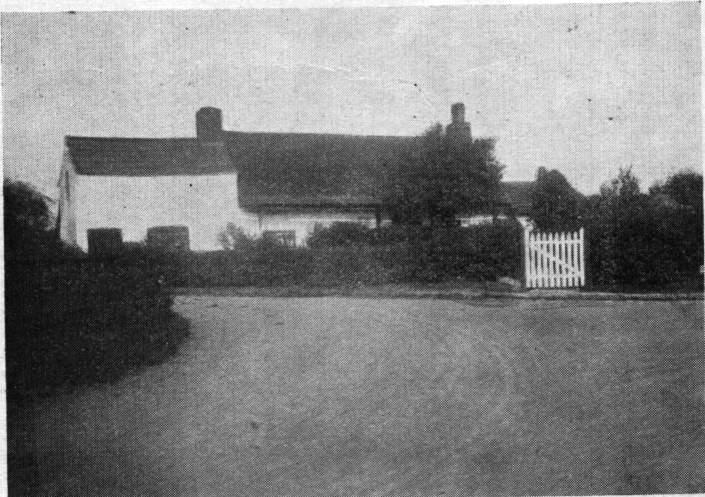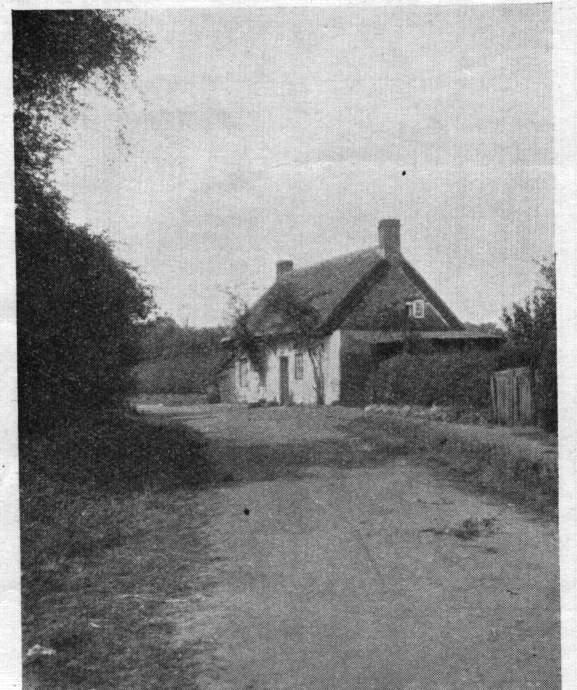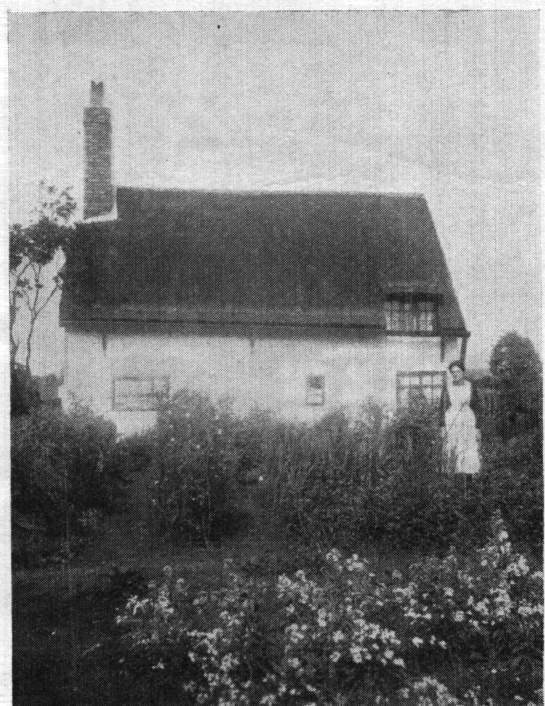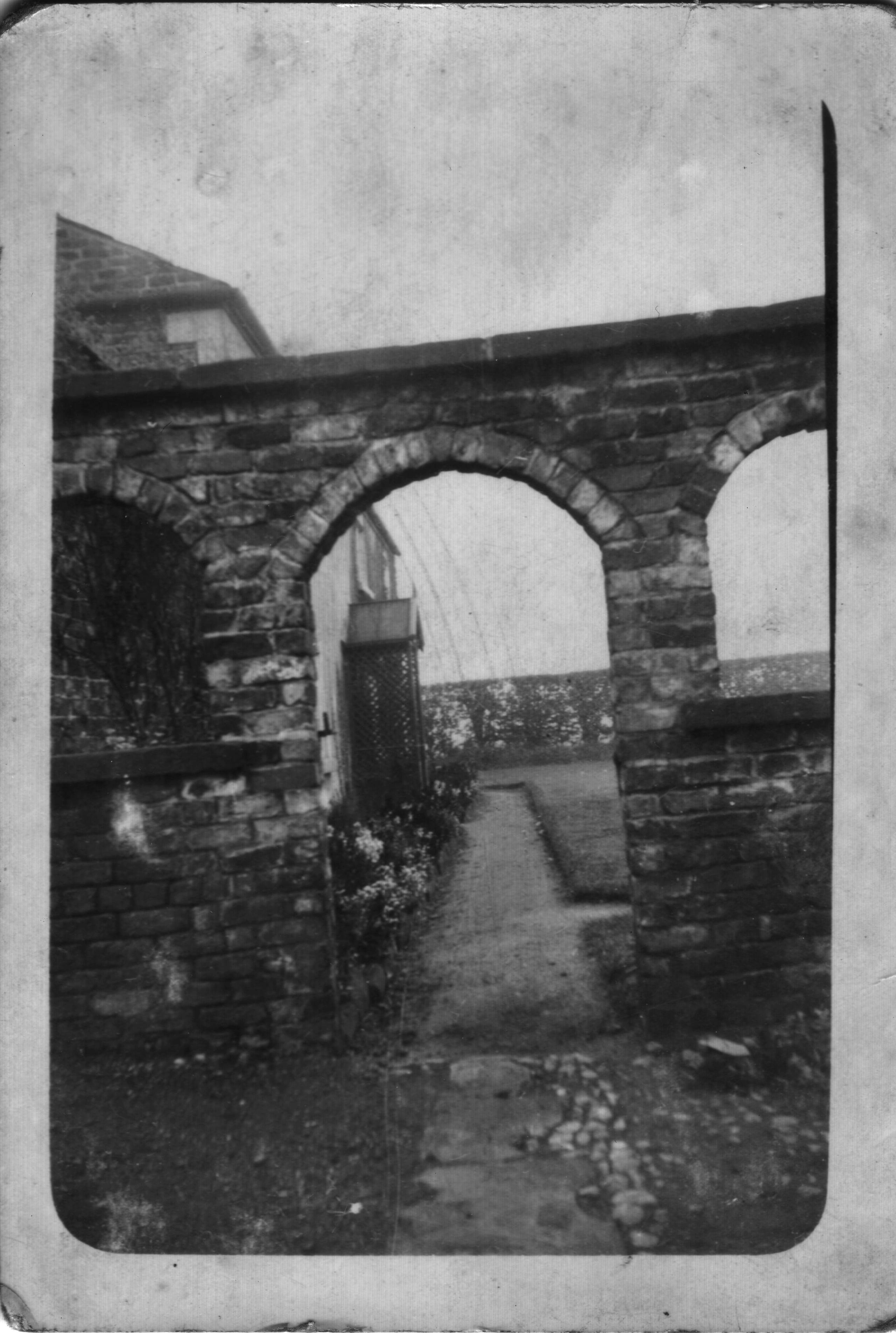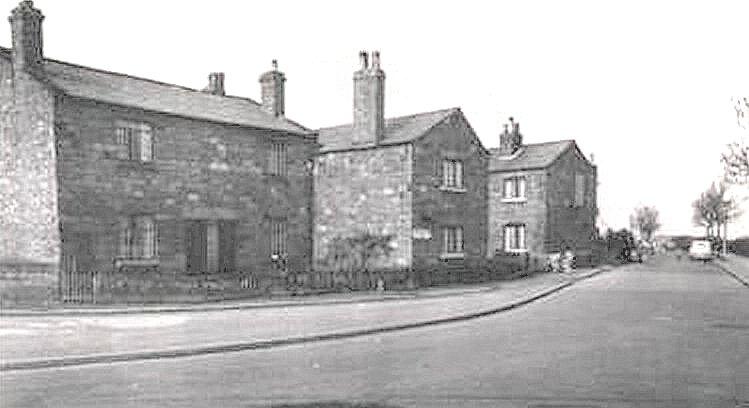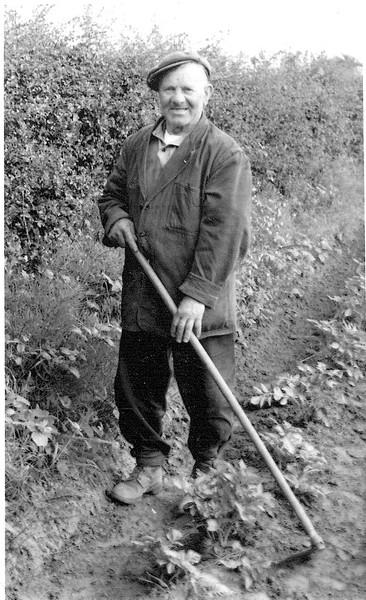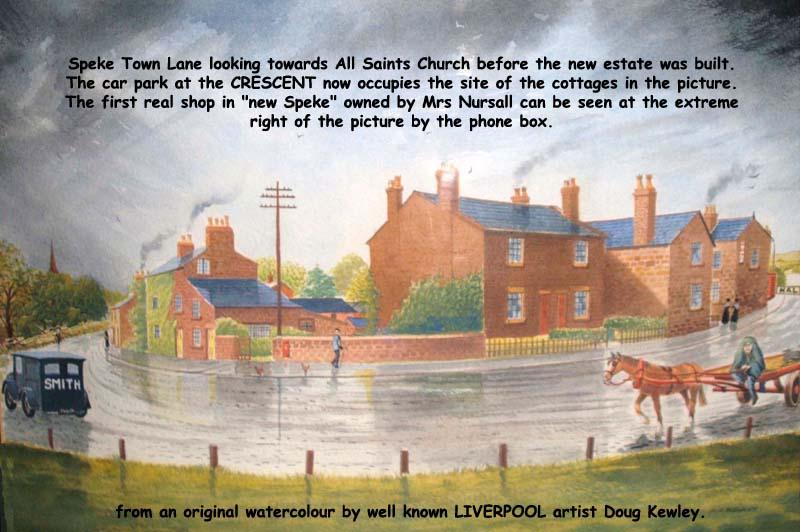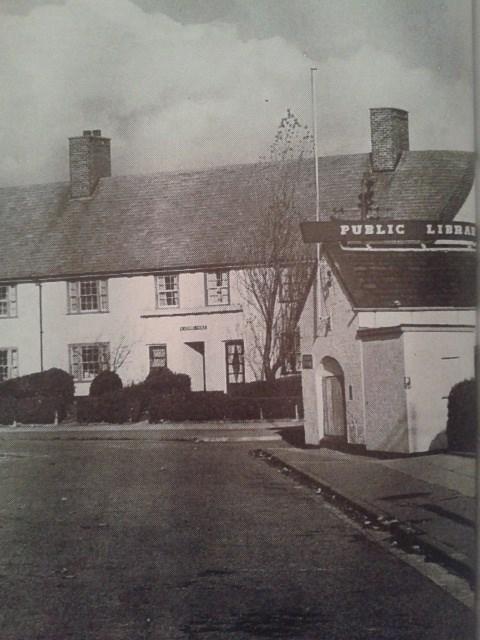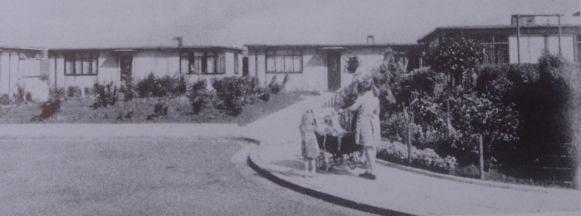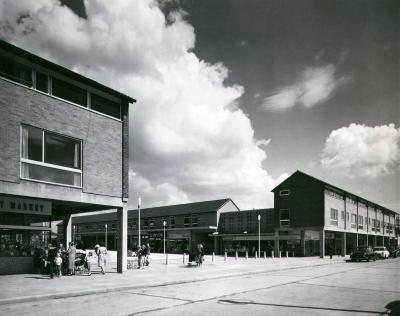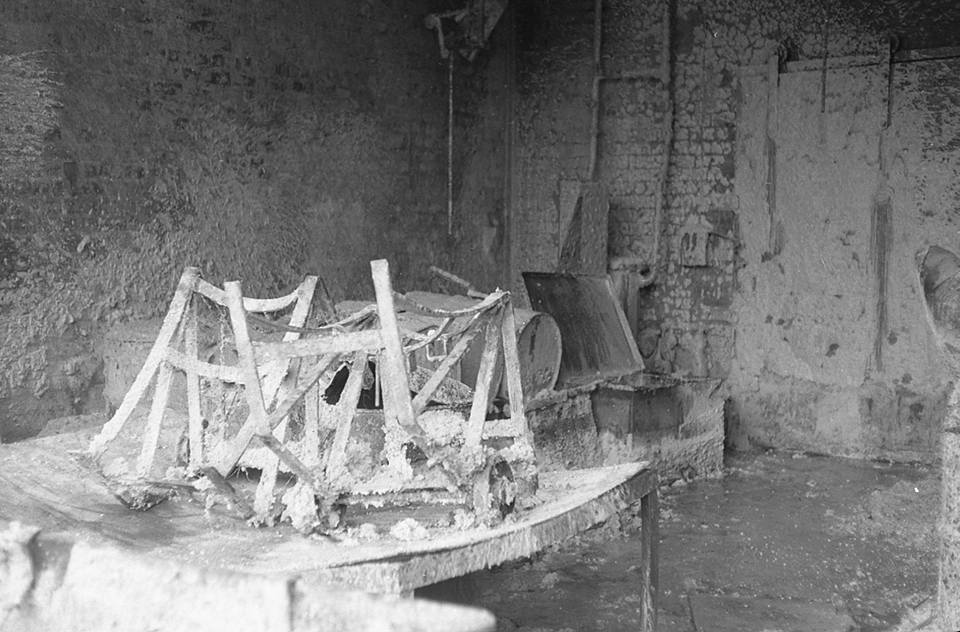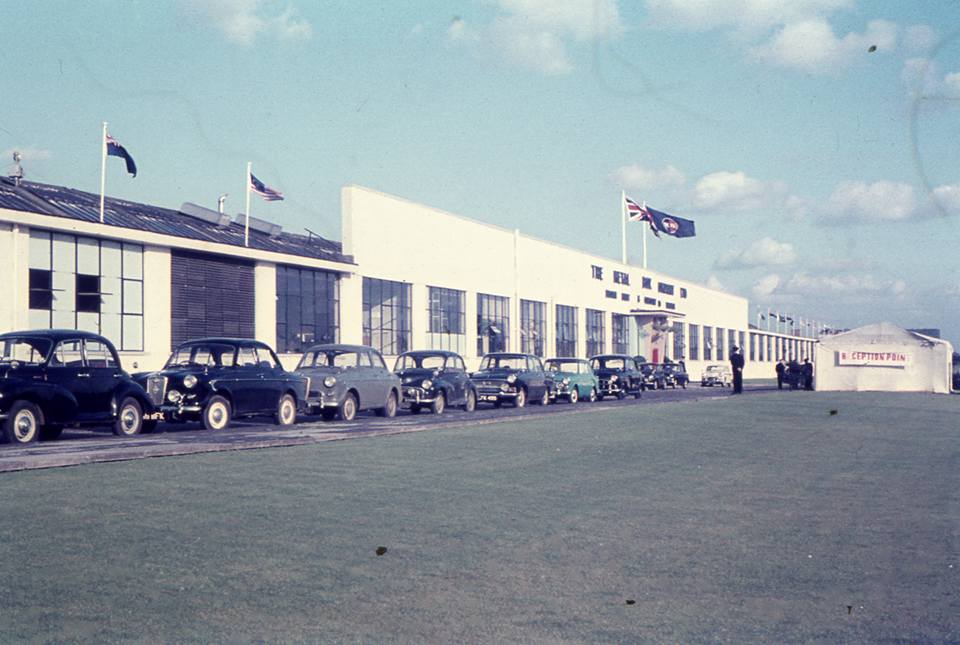From Village to Estate
This beautiful painting was given to me by Brian Reynolds and is called From Speke to Garston Before a Thunderstorm. It was painted in 1926 by G H Warr who was an Exhibitor at the Walker Art Gallery and the Royal Academy in London. Brian believes the painting shows the view from Speke Boulevard by the Metal Box (before the road or the factory was built obviously!) looking towards Garston. Many thanks to Brian for sharing this lovely, unique painting.
A big thank you to Jennifer Spann for these next 8 photographs, taken around the 1960's. All of these names are frequently mentioned in the history of Speke as it turned from a village into the estate and it's lovely to put faces to names and residents to farms and cottages.
This aerial photo show the village turning into the estate. This is a copy of a copy of a copy so the quality isn't brilliant but it's worth a look. At the top is the River Mersey and a barge towing containers behind it can just be seen in the top right hand corner. The block of trees near the top are the woods at the back of Speke Hall, and Stockton's Wood along the drive in, which leads to Speke Hall Avenue and a big roundabout.
To the left as you look at it, the road leads to the Rootes (later Dunlops) factory. Opposite the smaller unit is All Saints Church and from there you can see the beginnings of Speke Church Road, Blacklock Hall and Greyhound Farm Roads. You will also notice that Rycot Road, Bray Road, Gerneth Road, School Way and Gerneth Close are already built.
Right in the middle of the photo is the Metal Box factory starting to be constructed on the new Speke Boulevard which is still being marked out.
Another aerial view of the emerging estate with the Metal Box Factory now built on the right hand side of the picture. If you carry on up to the roundabout (now traffic lights at the top of Western Avenue), turn left and follow the road to a small wooded area and there is The Slades - the vicarage of All Saints Church



